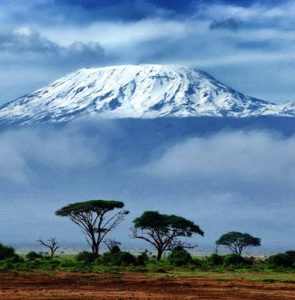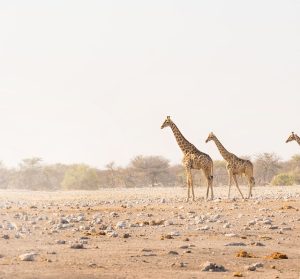Rising Number of Climbers on Mount Kilimanjaro
Mount Kilimanjaro, located in Tanzania, is Africa’s highest peak and one of the most popular destinations for trekkers and climbers from around the world. In recent years, there has been a significant increase in the number of climbers attempting to summit this iconic mountain. The rise in popularity of Mount Kilimanjaro as a climbing destination can be attributed to various factors, including its stunning natural beauty, diverse ecosystems, and the sense of accomplishment that comes with reaching the summit.
One of the key factors driving the increasing number of climbers on Mount Kilimanjaro is the availability of guided tours and experienced tour operators. Companies such as Sunset Africa Safari offer a range of packages for climbers of all skill levels, making it more accessible for people to take on the challenge of climbing Kilimanjaro. These guided tours provide climbers with the necessary support, equipment, and expertise to safely navigate the mountain and increase their chances of reaching the summit.
Additionally, the promotion of Mount Kilimanjaro as a bucket-list destination through social media and travel influencers has also contributed to its popularity among adventure seekers. The allure of standing on the "Roof of Africa" and witnessing the breathtaking views from Uhuru Peak has inspired many to embark on this once-in-a-lifetime journey.
Impact of Increased Climbers on Kilimanjaro’s Environment
While the increasing number of climbers on Mount Kilimanjaro has provided economic benefits to the local communities and tourism industry, it has also raised concerns about the environmental impact of this influx of visitors. The fragile ecosystems on the mountain, including the rainforests, alpine meadows, and glaciers, are at risk of degradation due to the high volume of foot traffic and waste generated by climbers.
The rise in climbers has led to a higher demand for resources such as water, food, and fuel, putting a strain on the limited supplies available on the mountain. Additionally, the accumulation of litter, human waste, and discarded equipment has become a significant issue, threatening the pristine beauty and natural habitats of Mount Kilimanjaro.
To mitigate the environmental impact of increased climbers on Mount Kilimanjaro, sustainable practices and responsible tourism are crucial. Tour operators like Sunset Africa Safari have implemented measures to minimize waste, promote eco-friendly practices, and raise awareness about the importance of preserving the mountain’s delicate ecosystems. Climbers are encouraged to adhere to Leave No Trace principles, pack out all waste, and respect the natural environment during their ascent.
In conclusion, the rising number of climbers on Mount Kilimanjaro presents both opportunities and challenges for the local communities, tourism industry, and environmental conservation efforts. By promoting sustainable tourism practices and fostering a sense of responsibility among climbers, we can ensure that future generations will have the opportunity to experience the awe-inspiring beauty of this iconic mountain. For booking inquiries for guided tours on Mount Kilimanjaro with Sunset Africa Safari, clients can contact info@sunsetafricasafari.com.



